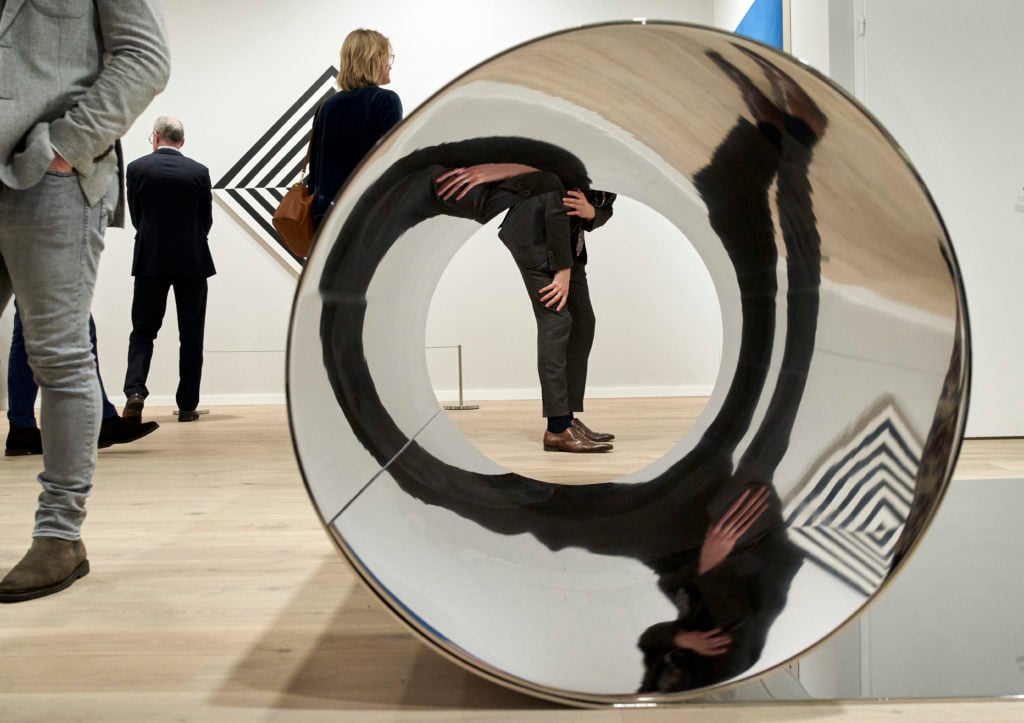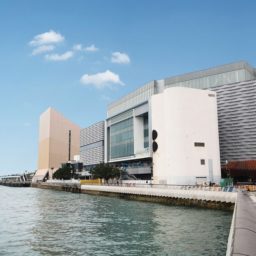There is no spinning it: the COVID-19 pandemic has arrived in Europe and America. It’s a challenging time, and a confusing one. Our very way of life is under threat due to our over-leveraged health care system, the illness of colleagues and loved ones, and the economic hit experienced by countless sectors, including the art industry. Freelance workers, who are essential to galleries and art fairs as well as many hospitality industries, have also been left without support.
I don’t know what the art world and the art market will look like on the other side of this unprecedented moment. But I do know what question we should be asking ourselves right now: What do we want that art world to look like?
I’m an optimist in a time of crisis, having lived through a few. During 9/11, I was on the eve of opening my own gallery. I didn’t know if I would make it. (I was fortunate—the gallery continued until 2018.)
During the financial crisis of 2008, I founded a project called X Initiative. The network of over 50 artists, gallerists, museum directors and curators took over the former Dia Center for the Arts in Chelsea and organized more than 80 free exhibitions and events. Under the curatorial directorship of Cecilia Alemani—the newly appointed artistic director of the 2021 Venice Biennale—X Initiative served 75,000 people. It was scrappy and inclusive: we had town hall meetings of more than 500 people; artist Maurizio Cattelan donated an edition to raise funds and Fritz Haeg organized happenings; N. Dash cooked for visitors. Working locally was the way forward during that unique time.
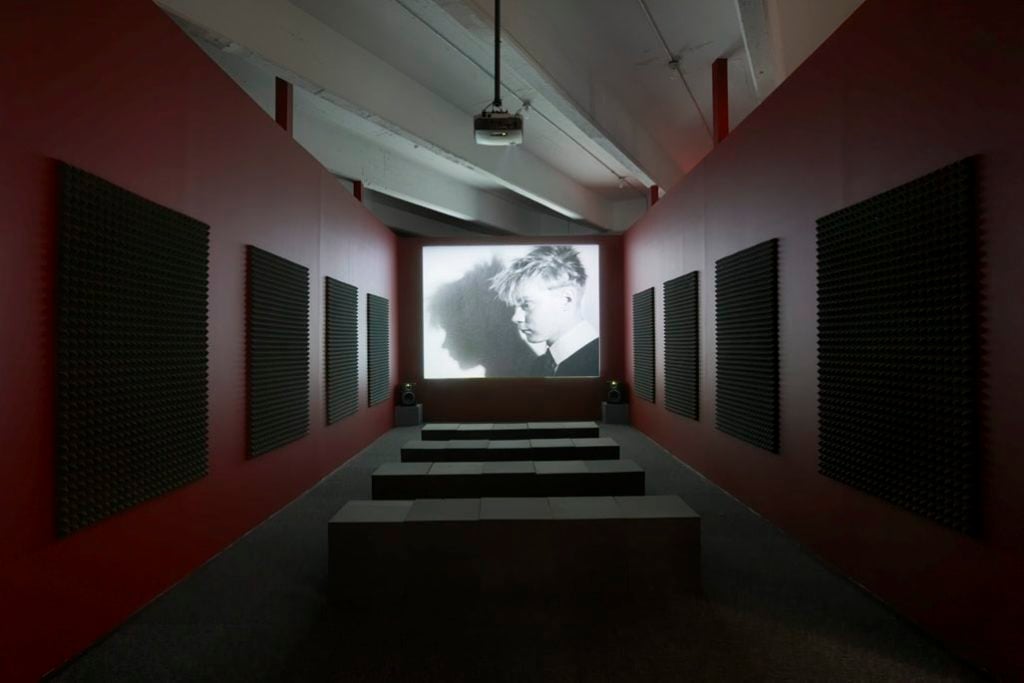
An installation by Luke Fowler organized by X Initiative. Photo courtesy of Elizabeth Dee.
Although it was profoundly difficult, good things came out of that crisis. Independent, the art fair we founded in New York, would not have been born were it not for X Initiative. The period of uncertainty following the crash laid the groundwork for the for-profit and non-profit sectors to collaborate and for new models to be tested. My collaboration with White Columns’s director, Matthew Higgs, co-founder and curatorial advisor of Independent, began with Matthew’s creative contributions to X Initiative. The experience taught me that long-term projects and collaborations can come out of experimentation in finite periods of challenge.
Time to Make a Choice
Like the earlier crises, this one, too, will pass. What world we want to return to, however, is a question we should all be asking ourselves. The answer will impact galleries, museums, artists, and the market for years to come.
We can do far more during this crisis than we realize. The art world has become an art industry since the recovery of 2008, and in that time, we have learned that leadership, mentorship, and investment matter. In parallel, we have seen the American business ecosystem shift from immediate margins to “stakeholder capitalism,” privileging long-term value and loyalty once again. “Attention capital” is this moment’s currency. The new art industry is operating in concert with some shifts in business and not others. It has yet to meaningfully capitalize on its newfound status to fund new innovation or ensure sustainability.
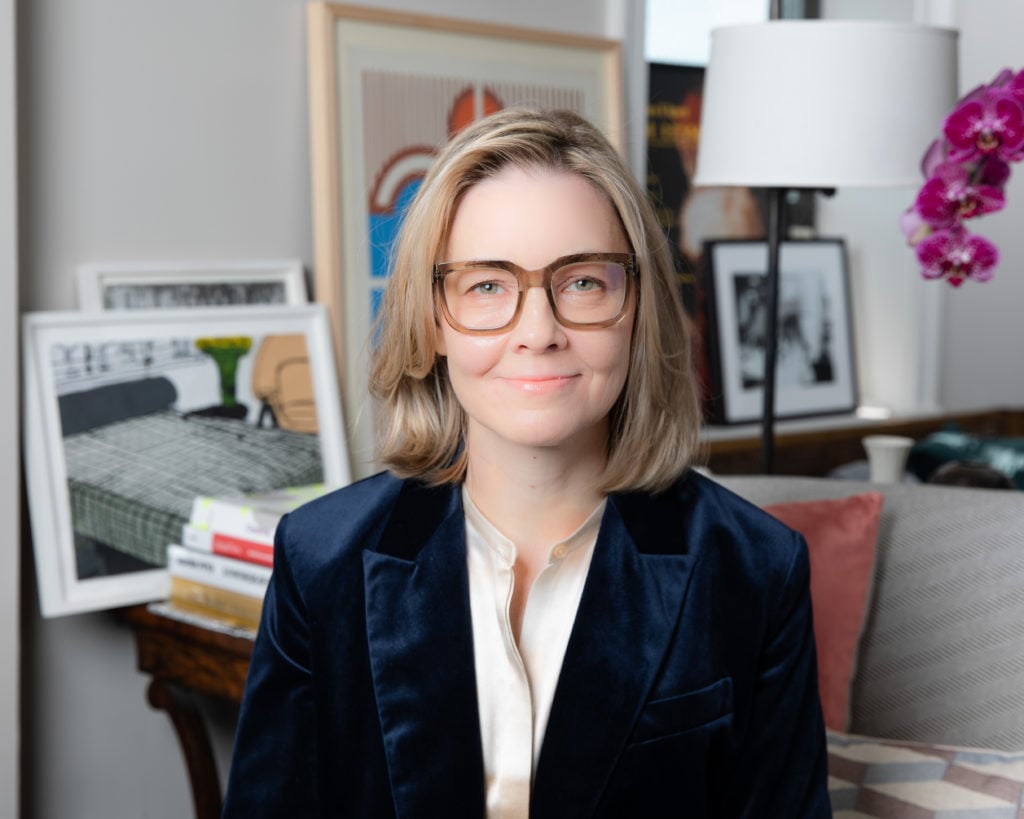
Elizabeth Dee. Photo courtesy of Elizabeth Dee.
As in 2008, we have an opportunity to focus locally on our own communities and have a conversation about what to preserve and what to innovate. We can combat deep-seeded issues that have been brewing for years, ever acute under this crisis. And we can do it in a unified way because, unlike in 2008, we can stay connected virtually as we weather this storm.
Think Globally, Act Locally
I propose a local direction because, first, the current crisis limits our ability to travel—and artworks are best experienced in person and in real time. We need to recommit to attention capital and contribute to galleries and museums within a walk or a drive.
And New York, where I live, is the undisputed capital of contemporary art. A small number of powerful galleries showing market-friendly art may get the headlines, but the beating heart of the city is in the 1,500 single-venue galleries that develop and exhibit the work of talented artists. New York galleries are, more often than not, the first place artists show work outside of their own studios.
In New York, everything—collectors, artists, curators—is connected through the gallery. That’s why, in thinking about how to develop novel opportunities and initiatives, I believe the gallery is the place to start. The city’s galleries were facing challenges before this pandemic began, with an increasing number of people questioning their sustainability and the number of galleries opening every year on the decline. The relentless and rising costs of real estate, art-fair participation, and staffing have been keeping only the strongest economic players alive, but not necessarily the most talented contributors—or the ones supporting the most vital talent.
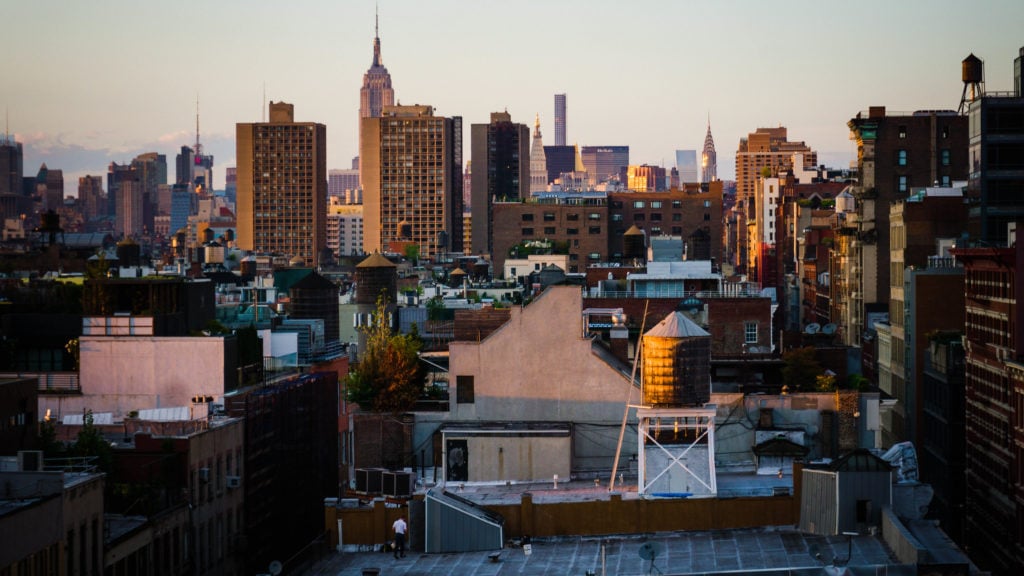
A view of the Tribeca skyline. Photo: Creative Commons via Flickr.
Think About It
Let’s do something about that. Galleries need to make money all the time to sustain their artists; the cash-flow game is relentless, even in a strong economy. Together, we can develop new measures that manage the needs of galleries now and in the future. Here are a few ideas about what they might look like.
Mentorship without borders.
We could create an informal council of experts that galleries can call on when they have questions about short- and long-term issues like: renegotiating leases, consignments, payments, and services; developing new collectors; facilitating opportunities for collaboration between artists and museums; and even pursuing new verticals like monetizing gallery digital content and events. Potential partners include city officials, the mayor, Fortune 500 CEOs, experts in real-estate development, banking, financial planning, law, and other key fields that touch on our own. Dealers of major galleries and directors of museums and institutions could also offer genuine mentorship. Independent could organize this in the formula of a fellowship, in collaboration with other New York fairs and their exhibitors. This kind of advice network does not cost a thing: it just requires a donation of time, which, right now, everyone has more to offer than usual. Let’s capitalize on that.
An acquisition-donation program.
As galas are cancelled and the art market corrects for the foreseeable future, collectors and philanthropists could use discretionary funds to replace those commitments with a collective effort to invest in the art ecosystem. New York museums could work with us to identify goals for their collections and how they might be achieved through acquisitions from one of the 1,500 galleries in New York. Then, collectors could pool money into a fund that could be used by museums to make those acquisitions—furthering their own missions, fueling the galleries’ programs, and, of course, sustaining the artists themselves.
An investment in commissions.
The concept of a museum-gallery-collector partnership could also be extended to non-collecting institutions, which are critical to the exposure of new art and ideas. We could pool money into a fund to finance artists’ commissions that would in turn be facilitated by their galleries.

Visitors outside a gallery on 27th Street in New York’s Chelsea gallery district. Photograph by Etienne Frossard.
Lines of credit.
Funding is necessary to help galleries recover. Low- or no-interest lines of credit of $100,000 or more are needed now, so galleries can retain their core staff and defray other costs that will be needed to re-enter the marketplace. Partnerships with banks, or more investment capital from our collecting and philanthropy community, is an opportunity that should be leveraged.
Subsidies to participate in fairs.
Fairs should begin raising money to support galleries’ participation in 2021. We want galleries to return to fairs—where, according to the most recent Art Basel UBS report, they make 45 percent of their revenue—as early and as quickly as possible. Independent would like to offer as many stand prizes, which serve to highlight curatorial excellence while defraying participants’ costs, as possible. We are open to working with corporate brands, collectors, and other galleries that normally might buy a gala table to contribute to a curatorial prize that makes fair participation and excellent presentations more affordable. We are also prepared to match funds and raise money toward this effort.
Support from the mega-galleries.
I have heard mega-galleries continually express that those who cannot profit from the work they do to build their artists’ careers should consider going into the nonprofit sector. I strongly disagree. Mega-galleries (and their profits) rely heavily on the creative talent that smaller galleries possess—and that’s not a charitable enterprise, it’s a form of innovation that deserves their investment. Short-term, they may not enjoy having more competition, but long-term, the entire ecosystem will benefit from remaining sustainable on all levels.
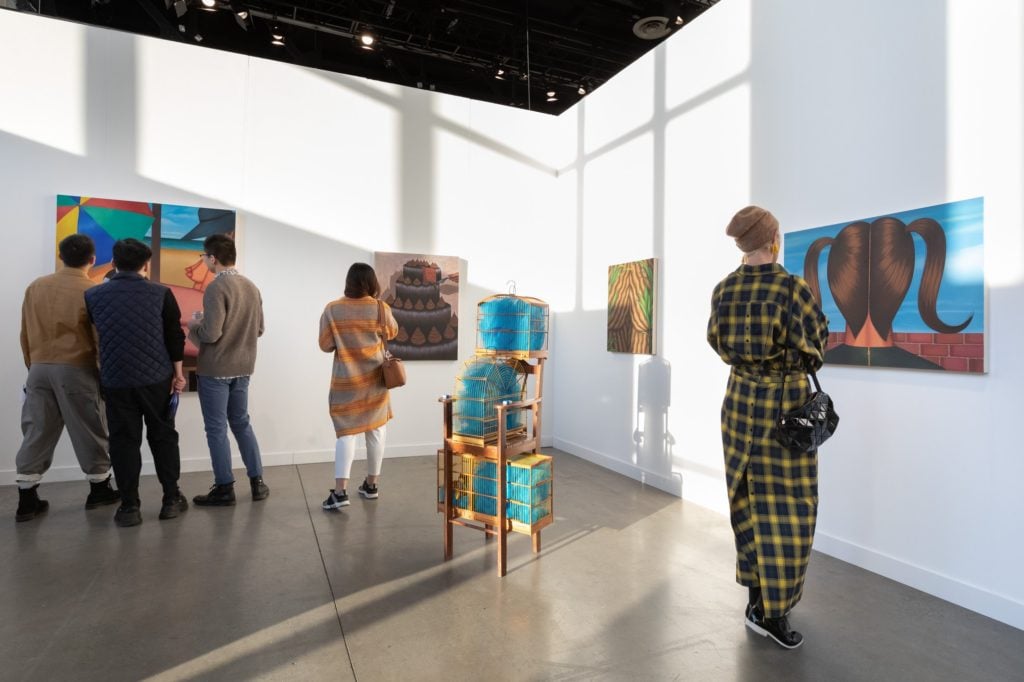
Installation view of the Independent Art Fair. Photo courtesy of Independent Art Fair NYC.
Looking Ahead
These are just a few ideas I was able to bring to the table in recent days, and in conversation with others. I hope this can be the beginning of a very long list of ways to donate, organize, and begin to bring about the change we want to see in our industry. Please reach out to Artnet, Independent, or me personally at the below email to connect and join the conversation. I would like to collaborate with you in developing these ideas for the future. In the meantime, stay well, take care of each other, and stay safe.
Elizabeth Dee is the co-founder of Independent Art Fair. Recent publications include Every Future Has a Price: 30 Years After Infotainment, an exhibition publication in collaboration with Distributed Art Publishers (D.A.P.). She can be reached at [email protected].
